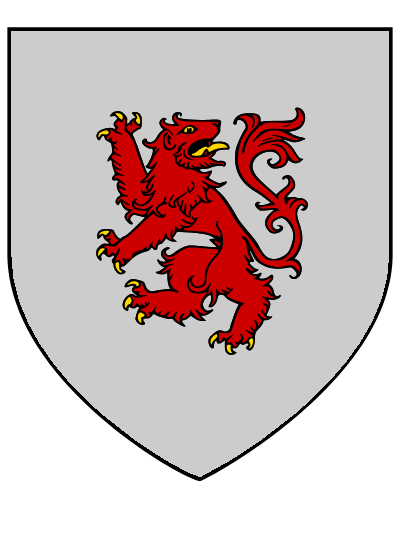The middle ages were a very interesting time it came about after the
collapse of the Roman Empire. Different leaders tried their best to
create their own empires, which did not last.
COAT OF ARMS

In medieval times, every noble family wanted everyone to know how important they were.
They also wanted to brag about their history.
Since most people could not read, heraldry was invented.
This was a way to brag about who you were without using words.
Heraldry was a design and short saying.
Noble families designed a coat of arms that incorporated their heraldry (their design and short saying).
They put their coat of arms, showing their heraldry, on banners, shields, tapestries and anything else they could think of.
Each part of the coat of arms has a specific meaning. Animals or objects were used to describe character traits - brave as a lion, for example.
The colors were used as symbols of character.
Each heraldry was unique.
There are many books describing what each of the symbols mean.
Now it's time to design your own coat of Arm
and if you click on the image below you can play some games on line
COAT OF ARMS

In medieval times, every noble family wanted everyone to know how important they were.
They also wanted to brag about their history.
Since most people could not read, heraldry was invented.
This was a way to brag about who you were without using words.
Heraldry was a design and short saying.
Noble families designed a coat of arms that incorporated their heraldry (their design and short saying).
They put their coat of arms, showing their heraldry, on banners, shields, tapestries and anything else they could think of.
Each part of the coat of arms has a specific meaning. Animals or objects were used to describe character traits - brave as a lion, for example.
The colors were used as symbols of character.
Each heraldry was unique.
There are many books describing what each of the symbols mean.
Now it's time to design your own coat of Arm
and if you click on the image below you can play some games on line

























